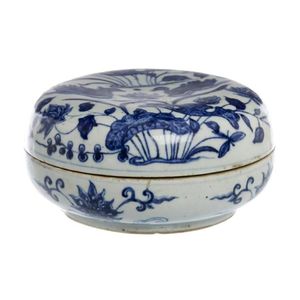Multi-Coloured Sapphire and Diamond Domed Ring
You must be a subscriber, and be logged in to view price and dealer details.
Subscribe Now to view actual auction price for this item
When you subscribe, you have the option of setting the currency in which to display prices to $Au, $US, $NZ or Stg.
- Brilliant Cut - In their naturally occuring state diamonds have little life or sparkle and for many centuries were simply cut in half and worn in amulets. Invented at the end of the 17th century by a Venetian diamond cutter, a "brilliant cut" diamond has 58 facets arranged in a regular geometric relationship, with 33 above the crown and 25 below on the pavilion.
The introduction of the brilliant cut increased the popularity of diamonds in jewellery as it was the first cut to reveal the fire of the diamond, with the light being internally reflected from one facet to another, and was superior to the previously used table cut and rose cut.Variants to the brilliant cut have emerged since the end of the 17th century, but the popularity of the original brilliant cut has continued to the present time, where it is still the most commonly found cut.
. - Tsavorite - Tsavorite is a green coloured garnet, first discovered by a British geologist, Dr Campbell R. Bridges in 1961 in Zimbabwe while working for the United Kingdom Atomic Energy Authority.
Unable to obtain a mining permit, he began prospecting in Tanzania and in 1967 made a second discovery of Tsavorite in northern Tanzania in 1967. Dr Bridges commenced mining the deposit, but the mine was nationalised by the government, so Dr Bridges moved to Kenya, where he made a third discovery of the mineral at the end of 1970.
Tiffany & Co. began promoting the then unnamed mineral in 1973 in association with Dr. Campbell, and it was agreed it should be named Tsavorite, after the Tsavo National Park in Kenya, near to where it was mined.
Dr Bridges died aged 71 in 2009 on his property in Tsavo National Park, Kenya, when he and his son were attacked by a mob in a dispute over mining rights.
This item has been included into following indexes:
Visually similar items


Chinese blue & white lidded pot with plant, bird and butterfly decoration, wax seal attached 15 cm diameter, 7 cm high approx.

Porcelain box and cover, cover of lobed, circular form, decorated in an inky underglaze blue with twin phoenix roundels to the the top and interior, floral windows and classic scrolls to the exterior, exposed porcelain burned reddish colour, diameter 24 cm

German Scheurich stoneware vase decorated in ecru and brown bands. Height 38 cm
